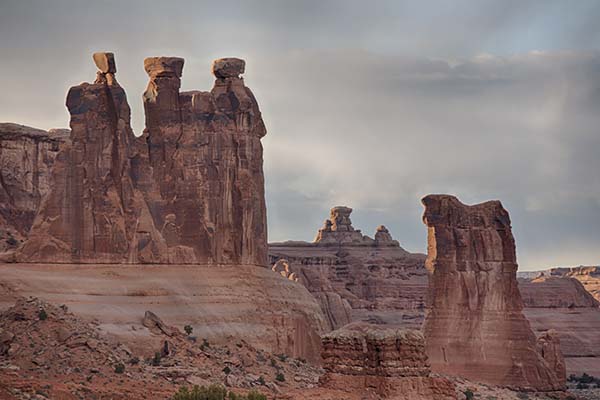The United States consists of 50 states, mostly located right in the center of North America, extending from the Pacific Ocean across to the Atlantic. Vast and diverse, you’ll find illustrious sights coast to coast, from the Seattle Space Needle to the New York Statue of Liberty. Often thought of around the world for political and business-filled cities depicted in Hollywood television and films, The U.S. also has incredible of feats of nature such as the Grand Canyon, Mendenhall Ice Caves, and the rugged cliffs at Acadia National Park. Sip on a rare vintage in Sonoma, toss beads during Mardi Gras in New Orleans, or catch a home run ball in Boston’s Fenway Park. Whether you’re on a quest for relaxation, recreation, sports or entertainment, you run the chance for adventure when in the U.S.
Travel Tips
US citizens do not need a passport to travel within the mainland United States, and proper government-issued ID and your birth certificate will allow you air travel to Hawaii and Alaska. However, new restrictions at some state airports are requiring you to have a passport to travel, so it’s best to have a valid passport if travelling by plane. If you’re a citizen from another country, you will need a passport, as well as a visa, unless your country is included in the Visa Waiver Program and you’re travelling less than 90 days. Canadian citizens may also present a NEXUS card instead of a passport, if they are enrolled in the traveler program.
There’s a wide diversity of climate across the United States because of latitude and geographical variances of such a vast country. The west coast is warmer, with milder seasonal changes, and drier as you go south. The east coast is generally more humid, turning tropical as you move towards Florida. The least variation in climate throughout the states occurs in the summer months, from June through August, averaging from 60F-80F, even hotter towards the south. In winter months, the midwest states will get below freezing with frequent storms, while the southern most states will rarely see snow except in the mountainous areas. The plains will also have seasons of rain, thunderstorms, and even tornadoes. With so many climatic zones, check the average temperature for the time of year and area you’re visiting.
All of the United States uses the US dollar. Although near Canada, they generally do not accept the Canadian dollar, so it’s best to bring your credit and debit cards, accepted in most establishments. ATM machines are also easily found. Traveler’s Cheques are widely accepted by banks there, but are rarely necessary if travelling from the U.S. British travelers should note that Sterling Travelers Checks are not accepted in Alaska.
Cell phone coverage is good and will work seamlessly across most of the US mainland, except in very remote areas. Most carriers don’t charge more than their regular rates for any call or data inside the states. If travelling to Hawaii or Alaska, you may need to check with your carrier on coverage, especially if you need reliable communication. Free WiFi is available at most hotels, shopping centers, coffee shops, and restaurants. It’s easy to get connected to the internet for downloading of data nad
There’s plenty of public transportation for traveling around the U.S, whether you want to take the bus or train. Many cities have other forms of public transport including subways, trams, or light rails. Taxis and Uber or Lyft are available in many cities too! And plane travel is regular and prolific when traveling longer distances between states. Car or RV rentals are available in most major cities, whether you just want flexibility to drive around town or you want to go on a longer road trip.








